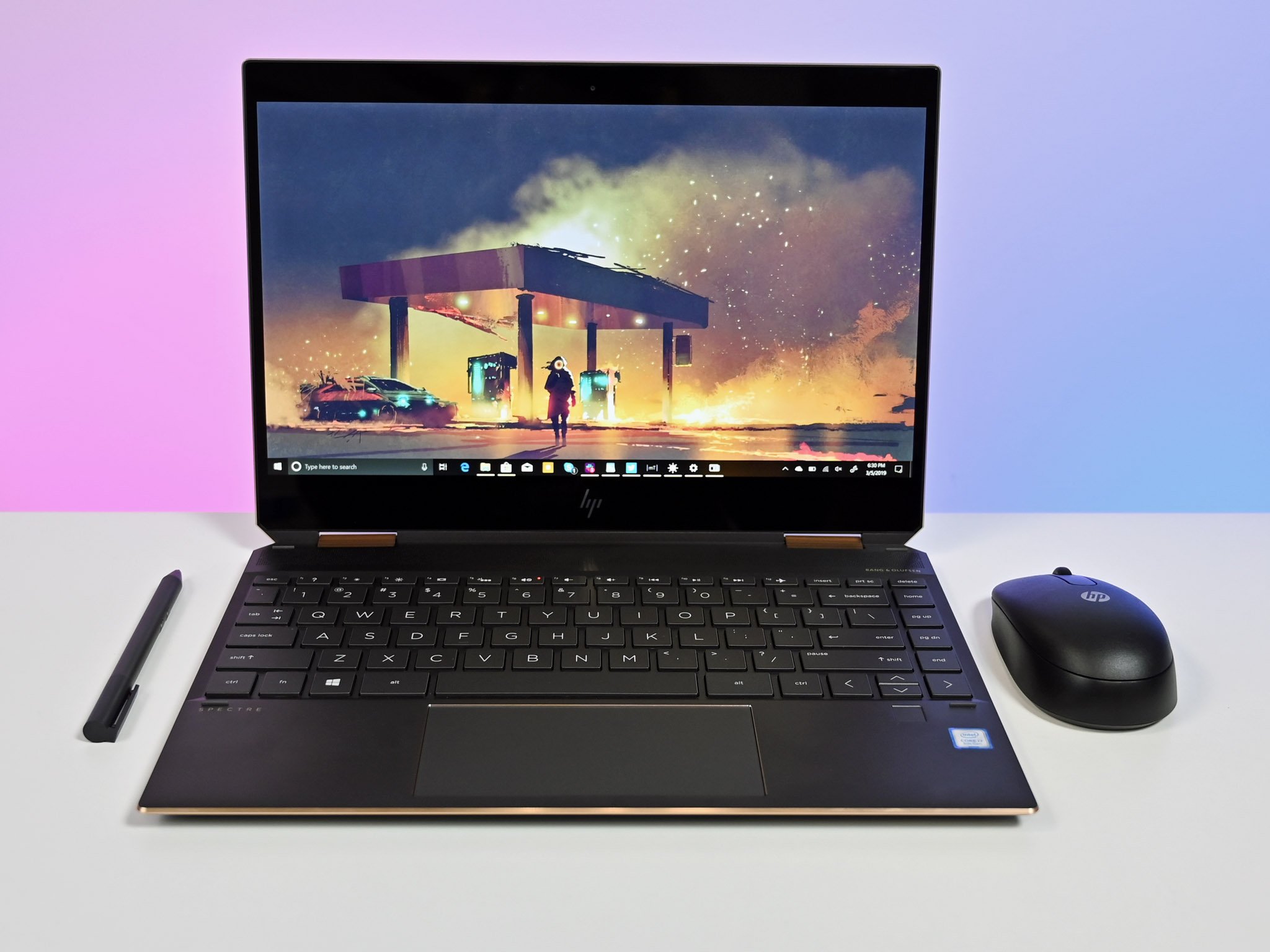Windows 10 May 2019 update gets a few fixes in a new cumulative update
The latest cumulative update for devices running Windows 10 version 1903 is available.

What you need to know
- A new cumulative update is now available for devices running the Windows 10 May 2019 Update.
- This update pushes the build number to 18362.329.
- The release helps Win32 apps work better with Windows Mixed Reality.
Microsoft pushed out a new cumulative update for devices running the Windows 10 May 2019 Update. As is the case with all cumulative releases, it doesn't contain any new features. Instead, it brings bug fixes and corrects issues present in previous builds.
This update has a relatively short list of highlights. The new build "Improves the user experience and app compatibility so that more Win32 apps will work with Windows Mixed Reality" according to the Microsoft support page breaking down all of the changes in the build. It also addresses issues with Spatial Audio, downloading copyrighted material through Microsoft Edge and Internet Explorer, and the cursor not appearing when you select a text input box using touch.
Below is the list of all fixes and addressed issues.
- Addresses an issue that displays a black screen when you use Remote Desktop to connect to a machine running Windows 10, version 1903.
- Addresses an issue that may prevent the Windows Sandbox from starting with the error, "ERROR_FILE_NOT_FOUND (0x80070002)." This occurs on devices in which the operating system language is changed during the update process when installing Windows 10, version 1903.
- Increases the number of supported interrupts per device to 512 on systems that have x2APIC enabled.
- Addresses an issue that prevents some Trusted Platform Module (TPM) devices from being used for Next Generation Credentials.
- Addresses an issue that causes a workstation to stop working when you sign in using an updated user principal name (UPN) (for example, changing UserN@contoso.com to User.Name@contoso.com).
- Addresses an issue that prevents Windows Defender Advanced Threat Protection (ATP) from running automated forensic data collection when using registry-based proxy configuration.
- Addresses an issue that prevents Windows Defender Advanced Threat Protection (ATP) from sending cyberspace events for paths beginning with \tsclient.
- Addresses a possible compatibility issue when Windows Defender Advanced Threat Protection (ATP) accesses case-sensitive Server Message Block (SMB) shares.
- Addresses a rare issue that occurs when the mssecflt.sys driver takes too much space on the kernel stack. This results in the error, "STOP 0x7F: UNEXPECTED_KERNEL_MODE_TRAP", and Parameter 1 is set to "EXCEPTION_DOUBLE_FAULT."
- Addresses an issue that leads to excessive memory utilization in Windows Defender Advanced Threat Protection (ATP).
- Improves the detection accuracy of Microsoft Defender ATP Threat & Vulnerability Management.
- Addresses an issue in which Windows Defender Application Control will not allow third-party binaries to be loaded from a Universal Windows Platform application. CodeIntegrity event error 3033 appears as, "Code Integrity determined that a process ( [[ process name ]] ) attempted to load [[ binary name ]] that did not meet the Store signing level requirements."
- Addresses an issue that causes devices to have truncated device names when Autopilot provisioning automatically assigns a name to them.
- Addresses an issue in which the product description of Windows Server 2019 was incorrect when queried using slmgr /dlv.
- Addresses an issue that causes the Windows Management Instrumentation (WMI) class Win32_PhysicalMemory to report that 32 GB memory chips have a missing Capacity value.
- Addresses an issue that prevents you from copying and pasting compound documents (formerly OLE objects) between an application that hosts the RichEdit control and other applications.
- Addresses an issue that prevents certain games from leveraging Spatial Audio capabilities.
- Addresses an issue that fails to provide a cursor when you select a text input element using touch.
- Addresses an issue that may cause the name of an unsupported application to appear as default text, such as "ms-resource:AppName/Text" in the Start menu after upgrading the operating system.
- Addresses an issue that may prevent the personal identification number (PIN) prompt from appearing when authenticating in Internet Explorer.
- Addresses an issue with downloading digital rights management (DRM) files from certain websites using Microsoft Edge and Internet Explorer.
- Improves the user experience and app compatibility so that more Win32 apps will work with Windows Mixed Reality.
- Addresses an issue with LdapPermissiveModify requests, which fail to make Active Directory (AD) group membership changes if the Lightweight Directory Access Protocol (LDAP) client uses the Security Identifier (SID) syntax. In this scenario, Active Directory returns a "SUCCESS" status even though the change did not occur.
- Addresses an issue that may prevent devices from starting when they start up using Preboot Execution Environment (PXE) images from Windows Deployment Services (WDS) or System Center Configuration Manager (SCCM). The error is, "Status: 0xc0000001, Info: A required device isn't connected or can't be accessed."
- Addresses an issue that may prevent devices from starting up or cause them to continue restarting if they are connected to a domain that is configured to use MIT Kerberos realms. Domain controllers and domain members are both affected.
- Addresses an issue that may cause the following to stop responding:
- Applications that were made using Visual Basic 6 (VB6).
- Macros that use Visual Basic for Applications (VBA).
- Scripts or apps that use Visual Basic Scripting Edition (VBScript).
If you're running the Windows 10 May 2019 Update, you can grab these fixes now via Windows Update. Manual updates are also available through the Microsoft Update Catalog.
All the latest news, reviews, and guides for Windows and Xbox diehards.

Sean Endicott is a tech journalist at Windows Central, specializing in Windows, Microsoft software, AI, and PCs. He's covered major launches, from Windows 10 and 11 to the rise of AI tools like ChatGPT. Sean's journey began with the Lumia 930, leading to strong ties with app developers. Outside writing, he coaches American football, utilizing Microsoft services to manage his team. He studied broadcast journalism at Nottingham Trent University and is active on X @SeanEndicott_ and Threads @sean_endicott_.
